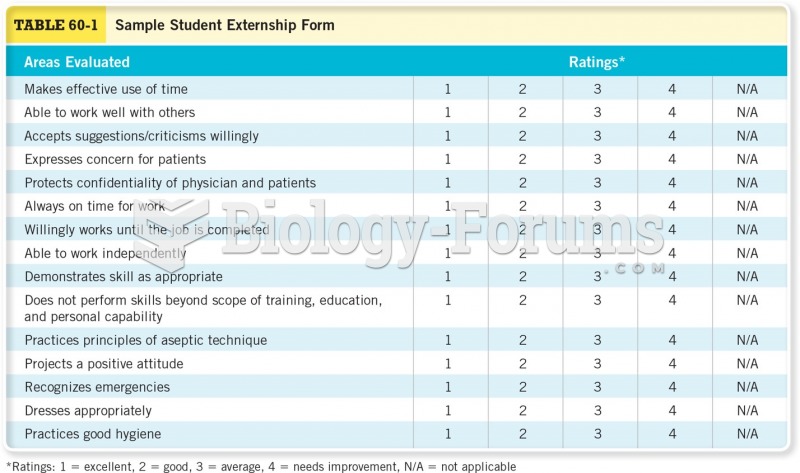Answer to Question 1
Ans:
C
Feedback:
In arteriovenous malformations, a tangle of arteries and veins acts as a bypass between the cerebral arterial and venous circulation, in place of the normal capillary bed. However, the capillaries are necessary to attenuate the high arterial blood pressure before this volume drains to the venous system. As a result, the venous channels experience high pressure, making them to hemorrhage and rupture more likely; the lack of perfusion of surrounding tissue causes neurologic deficits such as learning disorders. Headaches are severe, and people with the disorder may describe them as throbbing (synchronous with their heartbeat). Increased tissue perfusion means that more oxygenated blood is brought to the area, which is not the case. The elevated arterial and venous pressures divert blood away from the surrounding tissue, impairing tissue perfusion. Answer choice B is incorrect since arteriovenous malformation is associated with blood vessels and not the fluid within the ventricles of the brain. Answer choice D is incorrect in that there is blood flow to the area. Ischemia is associated with decreased arterial flow resulting in death to brain tissue.
Answer to Question 2
Ans:
A
Feedback:
CRPS is marked by the presence of continuing pain, allodynia, or hyperalgesia after a nerve injury, not necessarily limited to the distribution of the injured nerve with evidence at some time of edema, changes in skin blood flow, or abnormal sensorimotor activity in the region of pain. Pain related to shingles is an example of postherpetic neuralgia, while a need for analgesia prior to dressing changes would not indicate CRPS. Sudden attacks of pain accompanied by facial tics and spasms may be indicative of trigeminal neuralgia.







